Your Guide to Foam Rolling
Foam rolling has become popular lately – and it’s for good reason. It’s an amazing way to relax the body, relieve pain, and gain awareness of the body as you move, workout or in your daily life, but why?
Let’s dig in!
What is foam rolling?
A foam roller is a lightweight cylinder made of compacted foam. We can use foam rollers to release tension and help your mobility when using before or after exercise. Or some even say it's like a mini massage for yourself. Who doesn't like a massage???
How does foam rolling work?
First, foam rolling releases tension and improves range of motion through its effects on the nervous system. Foam rolling stimulates pain receptors within your connective tissue. This can send messages to your brain which can help relax the muscles in that area.
Have you ever heard “Pain inhibits pain”? The slight pain you feel when foam rolling inhibits the pain you may be experiencing otherwise.
Body awareness; another way foam rolling can help is through something called proprioception. This is your awareness of where your body is and how it moves. Foam rolling brings more awareness to the body part you’re working on, which can improve your range of motion in a workout.
What are the different types of rollers?
There are so many different types of foam rollers to choose from. It can be super overwhelming trying to choose the right one for you. Foam rollers can have different densities and are generally color-coded by their firmness:
Soft (white) – Soft foam rollers are best for more painful trigger points or people new to foam rolling.
Medium (colors like red, blue, or green) – Medium foam rollers have some give so they are not to intense on your muscles while still providing some resistance.
Firm (black) – These foam rollers have a hard firm density. Great for athletes or someone with tense muscles needing a deep release.
The color-coding can differ by brand so it’s best to either assess the density by squeezing the roller yourself or check the label.
What are the benefits of foam rolling?
Increases range of motion, decreases recovery time after exercise, can help reduce delayed onset muscle soreness, increases blood flow, and increases flexibility.
Should foam rolling be painful??
A lot of people say foam rolling “hurts so good” — it’s that kind of good pain where you feel better and not worse afterward. Yes, you may feel slight discomfort while foam rolling. But remember if foam rolling makes your symptoms worse, listen to your body and back off.
Everyone is different and every body is different.
A good rule of thumb is any pain you experience while rolling should dissipate once you stop. You should not have any lasting pain from foam rolling.
How to?
Roll for 30-90 seconds at a time over the same area: You don’t want to overdo it and roll for too long over and over on the same muscle. This can cause bruising and pain. Focus on foam rolling muscles only, not ligaments or joints. You shouldn’t foam roll if you have open wounds, fractures, flare-ups of rheumatoid arthritis, deep-vein thrombosis, advanced osteoporosis, or neuropathy that causes pain.
Foam rolling basics:
You want to sit or lay on the foam roller on your mat and slowly roll each muscle over the roller, letting gravity do the work of applying pressure. When you hit a sore spot, roll back over it for 30-90 seconds while breathing deeply to relax the muscles. You can do 2-5 sets of this 3x a week.
Don’t forget to breathe while foam rolling! It’s so important to breathe slowly and deeply while you foam roll. Attention and awareness is important while foam rolling.
Finally, I recommend moving and stretching your muscles after foam rolling. This enhances the release.
When should you foam roll?
There is no perfect time to foam roll. Some people like to do it when they wake up, before or after a workout or maybe before bed…It’s up to you! My favorite time is to foam roll after a workout to downregulate and relax.
Here’s a couple of Foam Rollers that we recommend and use in our center.
Julie, Functional Training Manager

